Getting Started with Provenance Research

Why should you care about provenance?
Provenance is the history of the whereabouts of an object. A provenance may include names of people, families, companies, estates, museums or other institutions, galleries, dealers and corresponding locations and dates of those contacts.
It is rare that a provenance is complete and there are often gaps if the object is over 250 years old or if it was in Europe during WWII. Since there has never been a standardized title registry in the art world, there is a cloud set over the art market which results in transaction risks. The passage of an object from one contact to another may not have been completed legally.
What is due diligence in the art world?
Due diligence in the art world is researching to the best of ability to find and collect documentation related to an object. This may include searching art loss databases and archives or reviewing current laws and legislation currently in place that might protect certain objects from being exchanged in the market.
This due diligence research process could potentially highlight problematic past transactions. If problems are discovered, completing the purchase should be avoided.
We have listed here a few key resources to get started with provenance research—all free and available to the public.
General Provenance Research
WorldCat is a library catalog that connects to over 10,000 libraries worldwide. A few of the more pertinent resources for provenance research found in WorldCat include catalogue raisonnés and exhibition catalogs. A catalogue raisonné is often written by an expert on a specific artist and outlines the entire body of work by that artist. Each listing includes basic facts about the object including provenance. Exhibition catalogs document whether an object was included in an exhibition at a gallery or museum.
IFAR, the International Foundation for Art Research, has a database of every artist catalogue raisonné ever published and currently in production. The catalogue raisonné database is searchable by artist name. IFAR also has a Provenance Guide, which is 22 pages of guidelines and resources that can be used for provenance research.
Theft
FBI National Stolen Art File is a starting point for investigating whether an object has been listed as stolen. Users can search by title, maker, period, description or object type. Law enforcement agencies in both the United States and abroad may submit objects to be listed in the database.
Lostart.de is Germany's lost art database which is sponsored by the German Lost Art Foundation, a section of the Federal Government Commissioner for Culture and the Media. The database specializes in cultural objects that were lost due to Nazi persecution during WWII. The database accepts reports of objects that are missing as well as reports of found objects that are thought to have gone missing as a result of WWII. The search function on this database is advanced and has over ten search fields available.
Archives
Archives are original historical papers that contain documentation about people and objects. Archives of American Art, The Frick Center for the History of Collecting and The Getty Research Institute are all sources for archives surrounding art and collectibles.
PHAROS International Consortium of Photo Archives was developed in the last few years and is a collaboration between 14 European and North American art historical photo archives and contains tens of millions of images documenting provenance and attribution, conservation research, exhibition research, publication history, the history of photography, and the history of art history.
Papers of artists, collectors, dealers and galleries are being digitized more and may be accessible online. Archives in Europe are more challenging to access, but finding aids are usually available, which list the contents of the archives. A finding aid may list for example that the archive contains a letter between two people such as an artist and a dealer.
If the archival material is not digitized, it may be worth contacting the archive directly to find out if a researcher can pull the material and send it, even if there is a small cost associated with the service.
And, as a collector, you can contribute to the future preserved legacy of the artwork by conducting good archival habits. Consider uploading the key information and documents pertaining to your artworks in a collection management system like Artwork Archive.
Auction Records
Sales databases can be searched for free on individual auction sites, although they are a bit limiting in the years of data provided. General sites like artnet and artprice require a paid subscription and Invaluable and artvalue are searchable for free but provide limited data. Some of these general auction sites provide data from large and small auction houses globally.
Auction records provide provenance, although it is rarely conclusive. Auction houses typically highlight major past collections that the object has been included in and rarely include intermediaries such as dealers in the provenance. Hard copies of auction catalogs may also be found on WorldCat or through The Frick.
Cultural Property
Each country in the world has different laws pertaining to cultural property. Upon confirming an object's origins, research may be done on that country's cultural property laws by visiting its government website.
Specific laws are in place to protect cultural heritage. For example, NAGPRA (Native American Graves Protection and Repatriation Act) is a United States Federal Act that was established in 1990 to legally require institutions that have acquired culturally significant objects including human remains, funerary objects, sacred objects and objects of cultural patrimony to return those objects to Native American groups.
ICOM (International Council of Museums) has a Red Lists database which list countries and lists of red-flagged objects that are designated as cultural property and should be returned to the source country.
Due Diligence Process
The due diligence process varies depending on the object and the transaction. This is a general guide to get you started.
Inspect the front and back of the object. On the front, note any inscriptions or markings. Take a zoomed-in photograph of any inscriptions including a signature. Inspect the back of the object and take photos of labels or other markings. If working with an object that is not available for in-person inspection, ensure that detailed images are available for review.
Read through all of the information in hand on the object.
Write out what is known in detail. This summary will include any known data and any information or stories relayed by a person (maybe a potential donor or seller of the object).
Create a timeline. Include any contacts who have allegedly been in possession of the object, exhibitions, import/export data and any known transfers. Incorporate into the timeline any dated laws that might affect the transfer of the object to different countries. The timeline should be as detailed as possible.
It is rare that a researcher will have a complete provenance. Highlight where the gaps or questionable transfers in the provenance occur.
Start research. Cross check any found information, especially in secondary sources. Research the gaps to see if they can be filled in.
Write a summary of findings, highlighting red flags if any. These can include red flag people, laws or any other questionable transfers of the object.
When doing provenance research, it is important to cross-check any information found because resources can be incorrect or even forged.
Also, provenance is not the equivalent to legal ownership. Provenance is the history of the whereabouts of the object and may not necessarily align with legal title.
If you hit a dead end
Researchers will often come across the dreaded "private collection" listing in a provenance. The art market is unregulated, and collectors are not obligated to reveal ownership of art or collectibles. With deeper research, the private collection or a gap can sometimes be found, but hitting a roadblock is bound to happen. Assistance from a historian who specializes in specific types of objects or time periods may be helpful at this point.







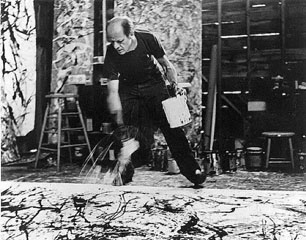

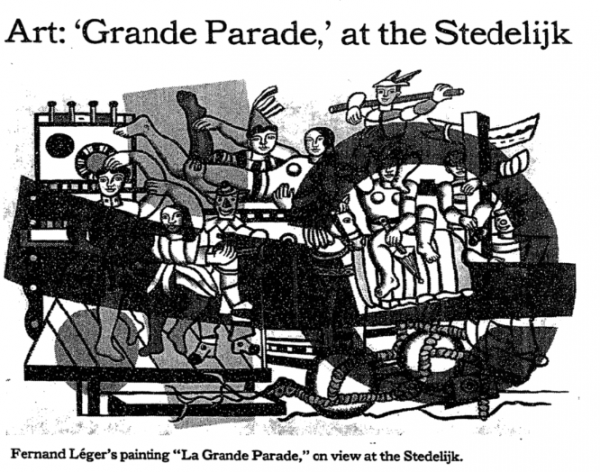
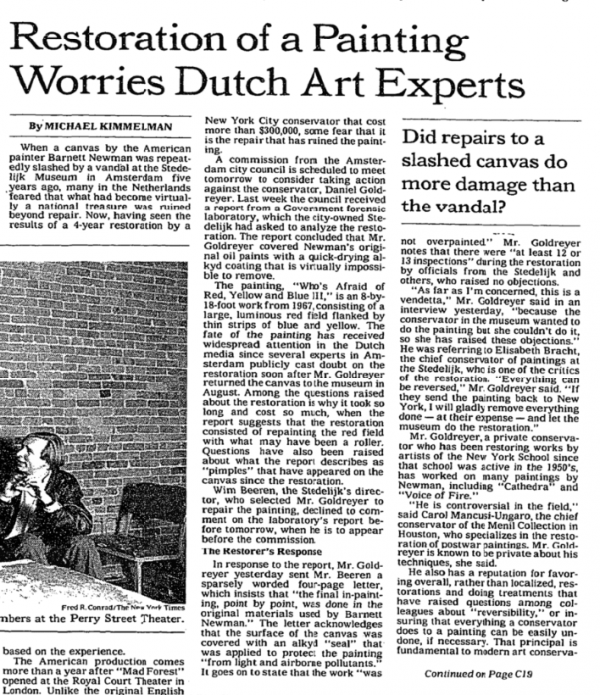
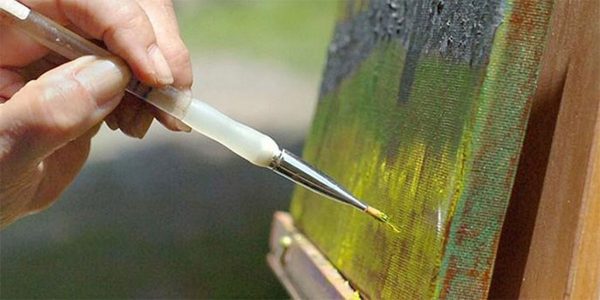
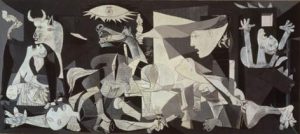



Comments (7)
Share